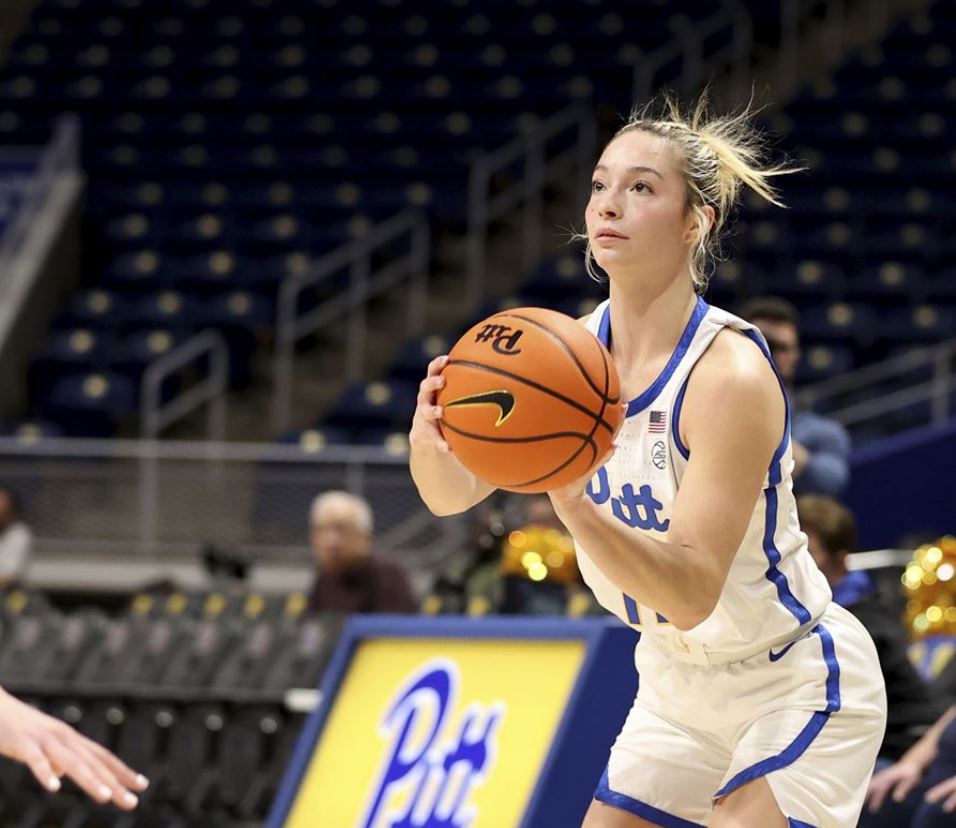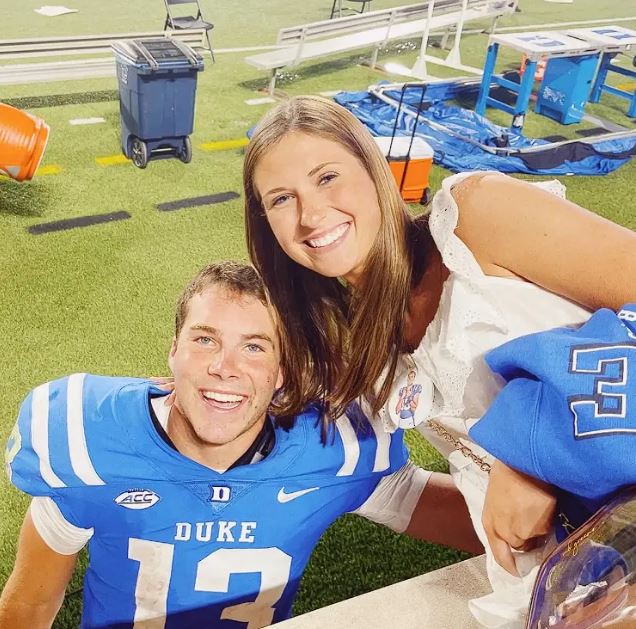College Basketball’s New Era: With Stars Earning Money and Switching Teams, Schools Are Hiring GMs
College basketball has transformed dramatically in recent years. With the rise of name, image, and likeness (NIL) deals and the transfer portal, top players now have more power than ever—earning significant money and frequently changing teams. In response, programs are adapting by hiring a new kind of executive: the general manager (GM).
Once a role reserved for professional sports, the college basketball GM is now a crucial figure tasked with managing rosters, navigating NIL collectives, and strategizing in the transfer portal era. We spoke to several GMs across the NCAA to understand how the job works—and why it’s becoming essential.
[ruby_related heading=”More Read” total=3 layout=1 offset=5]
Why Schools Are Adding GMs
Gone are the days when coaches could focus solely on recruiting high school players and developing them over four years. Now, with the transfer portal acting like free agency and NIL deals influencing decisions, programs need dedicated executives to handle:
- Roster construction – Balancing high school recruits, transfers, and NIL budgets.
- NIL strategy – Working with collectives to attract and retain talent.
- Transfer portal management – Identifying needs and targeting the right players.
- Salary cap-like challenges – Allocating NIL resources efficiently.
“It’s not just about coaching anymore—it’s about managing a roster like an NBA team,” said one Power 5 GM, who asked to remain anonymous. “You have to think about short-term wins and long-term sustainability.”
What Do College Basketball GMs Actually Do?
Unlike pro GMs, college GMs don’t negotiate contracts in a traditional sense, but they play a key role in shaping teams. Their responsibilities include:
- Scouting the transfer portal – Tracking which players enter and how they fit.
- Liaising with NIL collectives – Ensuring competitive offers for top targets.
- Advising coaches on roster gaps – Helping decide whether to recruit a freshman or a transfer.
- Managing relationships with agents and advisors – A growing factor in player movement.
“The hardest part is predicting who will stay and who will leave,” another GM said. “You might build a roster in April, and by June, it’s completely different.”
The Challenges Ahead
While the GM role brings structure, it also raises questions:
- Will smaller schools struggle to compete? Those without big NIL budgets may fall behind.
- How much influence should GMs have over coaching decisions? Some coaches resist front-office oversight.
- Will the NCAA impose more regulations? The current system is often compared to “free agency without rules.”
For now, the trend is clear: College basketball is professionalizing. And as player movement and NIL deals continue to reshape the sport, the GM role is only going to grow in importance.
What do you think about the rise of GMs in college basketball? Should there be more rules, or is this the new normal? Let us know in the comments!







